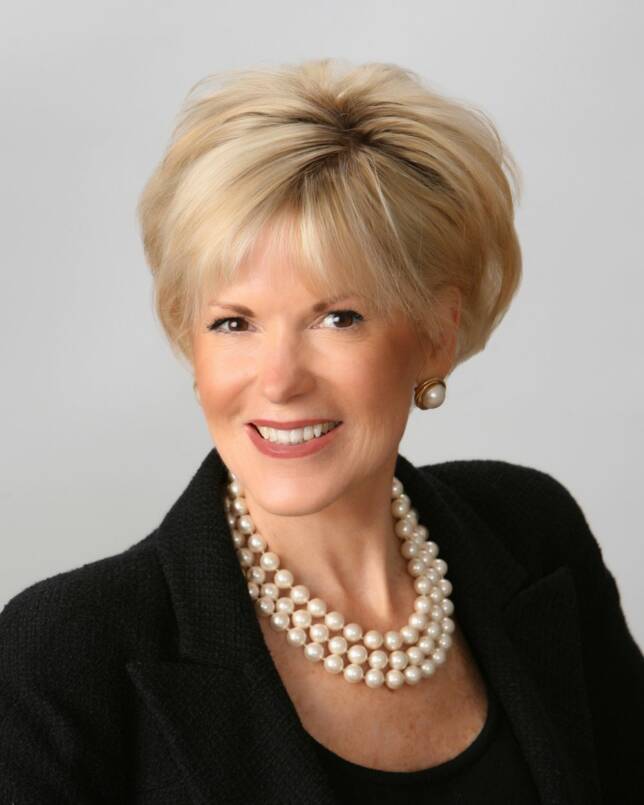Presentation Skills - PRE
by Judith Bowman on 11/01/19
Presentations may be quite commonplace today and a given in business life however, they continue to present an extraordinary opportunity to distinguish yourself at the highest level of your skill set. Take time to practice and refine this key competency to communicate your message and execute fabulously.
One need not engage in theatrics or rollout the red carpet to engage and allure your audience. Rather, focus on only a few, but very specific nuances - so subtle, even your audience may not be able to detect or even articulate precisely why you were so impressive and absorbing, only that you were.
An Overview of our Presentation Skills competency will be posted in three (3) individual PCI Newsletters and share nuances specific to PRE, DURING and POST Presentation. This is the first of our Presentation Skills series e.g. PRE.
PRE
Remember, your goal is to connect with each audience and each audience is different. Therefore, each presentation is delivered differently.
After endless hours of practice and countless renditions, the challenge every time is to deliver as if this were being said for the very first time ... yes, even after you have actually presented the program a thousand times before. This audience has not heard you, absorbed your message or experienced you! As Barbra Streisand sings, "... even when you get some recognition everything you do you still audition..." All of which is to say, you are only as good as your last performance!
Preparation is absolutely key. Icon Barbara Walters says Preparation is everything and prides herself in knowing more about her interviewee than they know about themselves! When you are confident in your subject matter you are emotionally available to focus entirely on your audience. Use your freed-up sensors to gage the room temperature, so to speak... and measure your reception levels to know that you are truly connecting.
Given that 55% of your presentation ... to the world (!) is visual, according to UCLA's Albert Mehrabian, (Ref. The Mehrabian Rule) what you wear presents a colossal opportunity to distinguish yourself from "go!" Let your attire set the tone and speak volumes about you before you utter one word. Dress a notch above (your audience) reflecting the genre of your profession, always with your audience in mind.
Obtain a list of attendees in advance for two important reasons: 1.) to review names and conduct further (individual and company) research. You will use this information in future communication to advance connections and 2.) practice pronouncing names ... so that when you meet and personally greet guests you say their perfectly pronounced name - flawlessly. Doing so makes others feel acknowledged and truly valued. This also implies that you likewise take time and make the effort to diligently prepare in other business matters. This singular gesture quietly resonates and the critical trust factor is ignited.
Arrive early to participate in room preparation to include: placement of flip charts and audio-visual equipment as well as lighting, air-conditioning and microphone checks, etc.. This, so that when you walk up to the podium you are not only mentally prepared, but confident knowing that your room is similarly practiced and duly equipped.
*Remember: the perception of failed mechanics = a failed presentation!
Top Tips
- Pre-arrange a moment with your introducer to shake hands during the "hand-off." have ample support material and handouts available; bring extra bios, just in case.
- graciously decline offers of soda (gives you gurgles) and coffee (coffee breath!)
- ask for a glass of water. You are not a plastic water bottle or a Styrofoam cup presenter - there is a difference. A glass quietly congeals your manner and tenor.
- drink: away from your audience and turn away from the microphone to avoid disconcerting gulping and guzzling sounds. Avoid the "death grip!" ...hold the glass with your first three fingers toward the bowl of the glass.
- identify the clock in the room.
- remove your watch (Ref. George H.W. Bush! Story!)
Position yourself at the door to personally meet, greet and welcome each seminar participant. Shake hands and use practiced names. Stand in the back of the room, observe and feel the room's energy as introductory remarks are made and your bio is read. At your cue - walk briskly, enthusiastically and purposely onto the stage and now: shake hands with your introducer. Shaking hands solidifies the tone for your professional presentation.
Studies show the first 60 to 180 seconds is dominated by the visual aspect. If you begin immediately please know that your audience is not especially listening yet, as they are still in high visual mode. Pause. Let them view you! ... remembering now why what you wear is influential as the weight of your visual message is substantial. While you pause and they assess ... you focus on inhaling and absorbing the room's energy. Prepare to adapt.
Story
Secretary of State Colin Powell as an example, was the keynote at a large business gathering in Providence, Rhode Island, considered somewhat provincial. The Secretary dumbed down his speech, body language and even attire, as his suit jacket and tie both came off and I saw him roll-up his long sleeve white shirt. I understood that Secretary Powell did this at once, in order to better "relate" to his rather parochial audience.
Comments (0)







